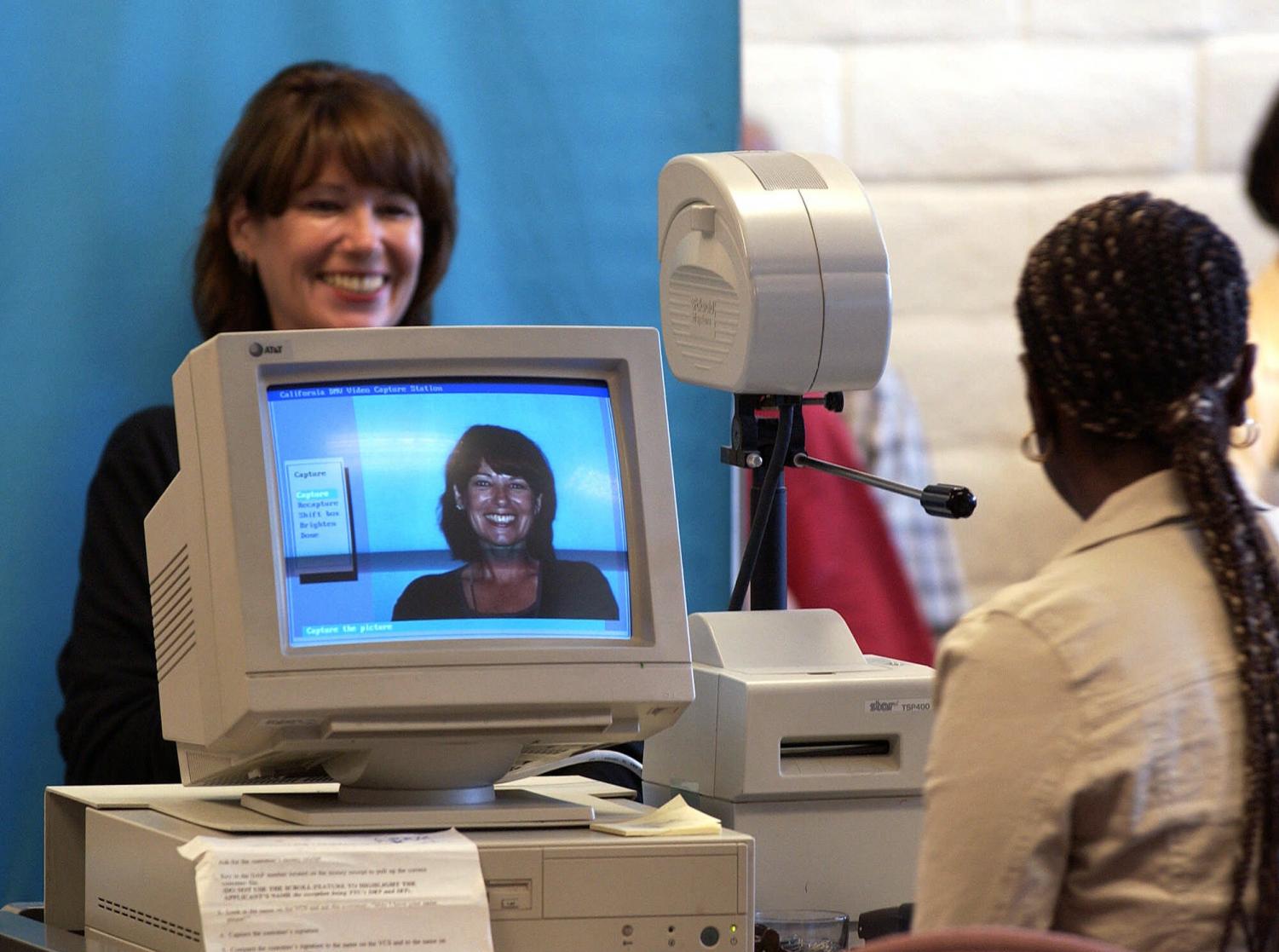Americans born after Dec. 1, 1964, will have to get more secure driver’s licenses in the next six years under ambitious post-9/11 security rules to be unveiled Friday by federal officials.
The Homeland Security Department has spent years crafting the final regulations for the REAL ID Act, a law designed to make it harder for terrorists, illegal immigrants and con artists to get government-issued identification. The effort once envisioned to take effect in 2008 has been pushed back in the hopes of winning over skeptical state officials.
Even with more time, more federal help and technical advances, REAL ID still faces stiff opposition from civil liberties groups.
To address some of those concerns, the government now plans to phase in a secure ID initiative that Congress passed into law in 2005. Now, DHS plans a key deadline in 2011 _ when federal authorities hope all states will be in compliance _ and then further measures to be enacted three years later, according to congressional staffers who spoke to The Associated Press on condition of anonymity because an announcement had not yet been made. DHS officials briefed legislative aides on the details late Thursday.
Without discussing details, Homeland Security Secretary Michael Chertoff promoted the final rules for REAL ID during a meeting Thursday with an advisory council.
”We worked very closely with the states in terms of developing a plan that I think will be inexpensive, reasonable to implement and produce the results,” he said. ”This is a win-win. As long as people use driver’s licenses to identify themselves for whatever reason there’s no reason for those licenses to be easily counterfeited or tampered with.”
In order to make the plan more appealing to cost-conscious states, federal authorities drastically reduced the expected cost from $14.6 billion to $3.9 billion, a 73 percent decline, according to Homeland Security officials familiar with the plan.
The American Civil Liberties Union has fiercely objected to the effort, particularly the sharing of personal data among government agencies. The DHS and other officials say the only way to make sure an ID is safe is to check it against secure government data; critics like the ACLU say that creates a system that is more likely to be infiltrated and have its personal data pilfered.
In its written objection to the law, the ACLU claims REAL ID amounts to the ”first-ever national identity card system,” which ”would irreparably damage the fabric of American life.”
The Sept. 11 attacks were the main motivation for the changes.
The hijacker-pilot who flew into the Pentagon, Hani Hanjour, had a total of four driver’s licenses and ID cards from three states. The DHS, which was created in response to the attacks, has created a slogan for REAL ID: ”One driver, one license.”
By 2014, anyone seeking to board an airplane or enter a federal building would have to present a REAL ID-compliant driver’s license, with the notable exception of those more than 50 years old, Homeland Security officials said.
The over-50 exemption was created to give states more time to get everyone new licenses, and officials say the risk of someone in that age group being a terrorist, illegal immigrant or con artist is much less. By 2017, even those over 50 must have a REAL ID-compliant card to board a plane.
Among other details of the REAL ID plan:
-The traditional driver’s license photograph would be taken at the beginning of the application instead of the end so that should someone be rejected for failure to prove identity and citizenship, the applicant’s photo would be kept on file and checked in the future if that person attempted to con the system again.
-The cards will have three layers of security measures but will not contain microchips as some had expected. States will be able to choose from a menu which security measures they will put in their cards.
Over the next year, the government expects all states to begin checking both the Social Security numbers and immigration status of license applicants.
Most states currently check Social Security numbers and about half check immigration status. Some, like New York, Virginia, North Carolina and California, already have implemented many of the security measures envisioned in REAL ID. In California, for example, officials expect the only major change to adopt the first phase would be to take the photograph at the beginning of the application process instead of the end.
After the Social Security and immigration status checks become nationwide practice, officials plan to move on to more expansive security checks, including state DMV offices checking with the State Department to verify those applicants who use passports to get a driver’s license, verifying birth certificates and checking with other states to ensure an applicant doesn’t have more than one license.
A handful of states have already signed written agreements indicating plans to comply with REAL ID. Seventeen others, though, have passed legislation or resolutions objecting to it, often based on concerns about the billions of dollars such extra security is expected to cost.







